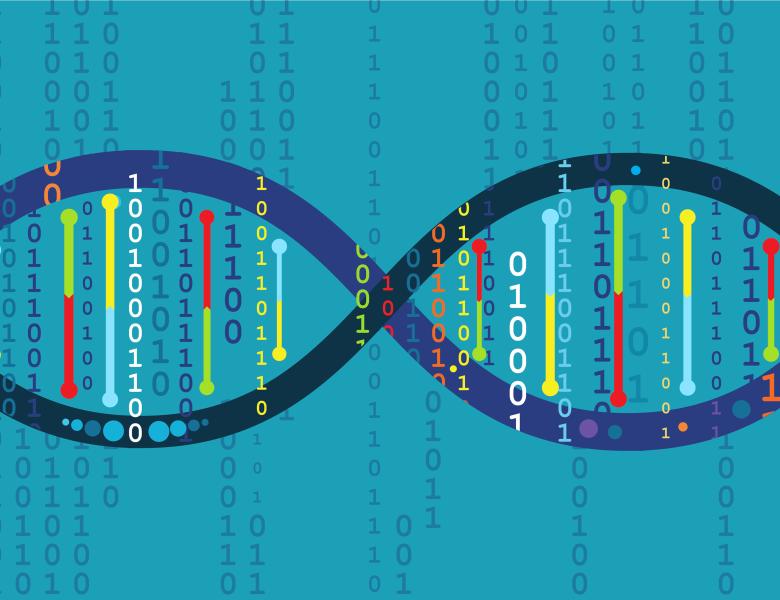
Abstract
Most mammalian genes encode multiple distinct RNA isoforms and the brain harbors especially diverse isoforms. Complex tissue, including the brain, often include highly divergent cell types and these cell types employ distinct isoforms for many genes. To untangle the distinct cell-type specific isoform profiles of the brain, we developed Single-cell isoform RNA sequencing (ScISOr-Seq (ref1)) for fresh tissues as well Single-nuclei isoform RNA sequencing (SnISOr-Seq (ref2)) for frozen tissues. To add spatial resolution, we developed Slide-isoform sequencing (ref3). Collectively, these long-read approaches reveal a striking difference between coordinated pairs of exons with in-between exons (“Distant coordinated exons”) and without in-between exons (“Adjacent coordinated exons”): The former show strong enrichment for cell-type specific usage of exons, whereas the latter do not in mouse (ref1) and human brain (ref2). Of note, coordinated TSS-exon pairs and exon-polyA-site pairs follow the same trend as distant coordinated exon pairs (ref2). Simultaneously, autism-associated exons are among the most highly variably used exons across cell types (ref2). Differences in isoform expression between hippocampus and prefrontal cortex are most often explained by differences arising between the two regions in one specific cell type (e.g., excitatory neurons), but for a smaller program of genes brain regions can override cell-type identity3. Spatially barcoded isoform sequencing revealed that often region-specific isoform differences correlate with precise boundaries of brain structures (e.g., from the choroid plexus to the hippocampus). However, genes including Snap25 go against this trend, using a steady gradient of exon inclusion as one traverses the brain (ref3). Moreover, choroid plexus epithelial cells show a dramatically distinct isoform profile, which originates from distinct exon and poly(A) site usage, but most strongly from distinct TSS usage (ref3). Most recently, we have made advances in understanding the error sources of Pacific Biosciences and Oxford Nanopore long-read sequencing by sequencing cDNA representations of the same unique RNA on both platforms (ref4) and have implemented a highly accurate long-read interpretation pipeline (ref5). 1. Gupta*, Collier* et al, Nature Biotechnology, 2018 2. Hardwick*, Hu*, Joglekar* et al, Nature Biotechnology, 2022 3. Joglekar et al, Nature Communications, 2021 4. Mikheenko*, Prjibelski*, Genome Research, 2022 5. Prjibelski et al, https://assets.researchsquare.com/files/rs-1571850/v1_covered.pdf


